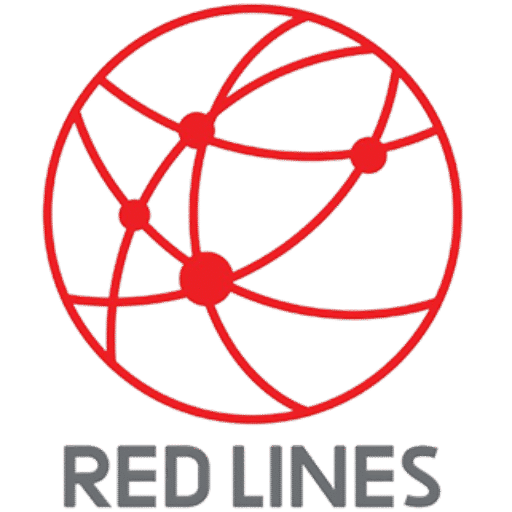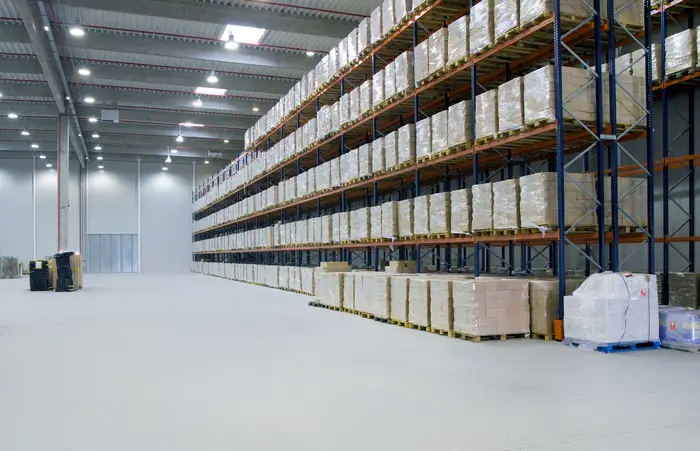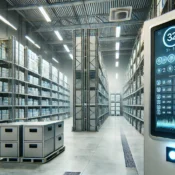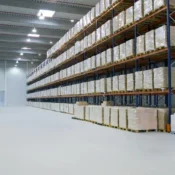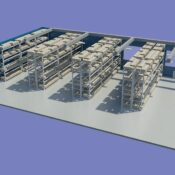Saudi Arabia’s vast geography, extreme climate, and long supply chains pose serious challenges for cold chain logistics. Whether transporting pharmaceuticals, perishable foods, or temperature-sensitive goods, maintaining the right thermal environment throughout is critical. A robust temperature mapping study is no longer optional—it’s essential. At Redlines, we offer specialized temperature mapping services across Saudi Arabia, Jeddah, Dammam, and Riyadh, helping logistics operators ensure integrity and trust throughout their routes.
Here are five ways precision temperature mapping makes the difference across supply routes from Riyadh to Dammam:
1. Detecting Hot & Cold Spots Along the Route
During transit, cargo containers, trucks, or refrigerated trailers may develop zones of uneven cooling due to airflow patterns, vehicle doors, or insulation inconsistencies. A temperature mapping study places calibrated data loggers at strategic locations to monitor these variations over time. By identifying hot spots or cold zones early, adjustments can be made—rearranging cargo layout, improving airflow, or retrofitting insulation—to keep all goods within safe temperature ranges.
Redlines’ guide says that temperature loggers are placed in potential hot and cold spots inside the storage or transport volume, recording continuously over hours or days.
2. Route & Schedule Optimization Based on Thermal Data
Not all parts of the Riyadh-to-Dammam corridor are equal in temperature stress. Some stretches might pass through open desert, others through shaded or urban zones. By combining temperature mapping studies with route data, logistics planners can schedule shipments during cooler hours or choose paths with better thermal protection. This reduces exposure risk and helps maintain cargo integrity across the entire supply chain.
3. Verifying Performance of Cold Chain Equipment
Even the most advanced refrigerated trucks or reefer units may underperform in extreme heat. Through temperature mapping studies, operators can validate whether each vehicle or container meets design specifications under real Saudi conditions. Any deviation triggers calibration, adjustment, or maintenance. Redlines emphasizes that these studies are key during initial qualification, after upgrades, or when equipment is suspected of underperformance.
4. Ensuring Regulatory & Customer Confidence
Many sectors—food, pharmaceuticals, high-end perishables—must comply with standards like GDP, GMP, or local SFDA guidelines. A formal temperature mapping study produces documentary proof: temperature profiles, variance reports, and corrective actions. Having this traceable data enhances client confidence, differentiates your service, and protects against claims. Redlines notes that one of the major roles of mapping is to “monitor temperature variations and ensure regulatory compliance.”
5. Strategic Redesign & Continuous Improvement
Temperature mapping is not just a one-time diagnostic—it supports ongoing optimization. By rerunning mapping studies seasonally, or when routes or vehicles change, insights accumulate. Trends emerge: maybe one segment always runs warmer, or certain vehicles develop hotspots as they age. These insights feed into redesign: improved insulation, upgraded refrigeration, or smarter loading protocols. Over time, the overall cold chain becomes stronger, more efficient, and more resilient—even under Saudi Arabia’s harsh climate.
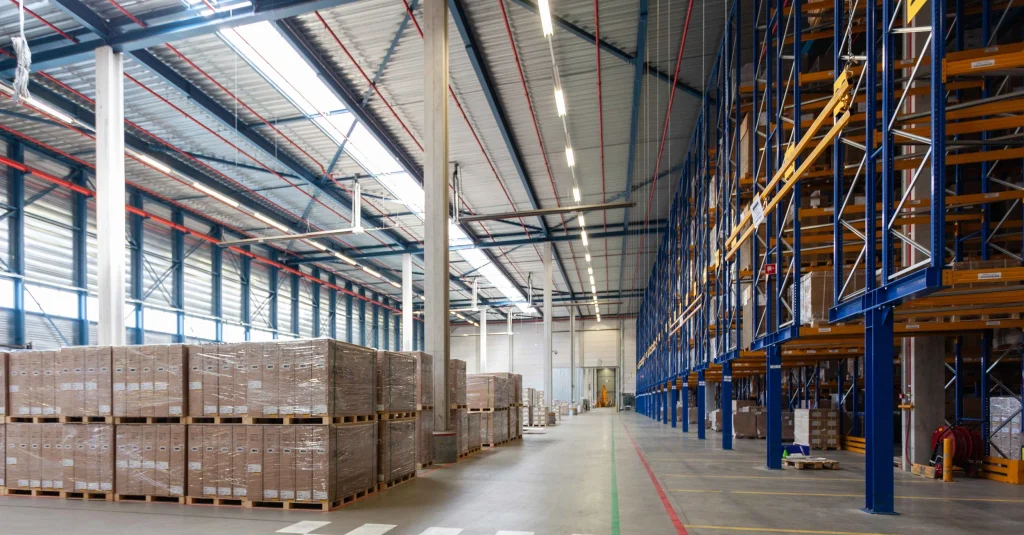
How Redlines Delivers These Benefits
At Redlines (www.Redlines.sa), our approach to temperature mapping study is systematic and tailored:
- Planning & Scoping: We begin by assessing the transport route or facility, defining objectives, duration, and critical areas to monitor. Red Lines
- Placement of Data Loggers: Calibrated loggers are positioned in hot-spot-prone locations—corners, near doors, ceiling, or bottom zones.
- Monitoring Phase: Data is collected continuously over a predetermined period (e.g. 24–72 hours) to reflect real operation conditions.
- Data Analysis & Reporting: After capture, our experts analyze the data, identify deviations, and produce detailed reports with actionable recommendations.
- Corrective Action & Revalidation: We suggest adjustments—rearrangement, airflow improvement, insulation upgrades—and can revalidate to confirm results.
This full-service method ensures that from Riyadh warehouses to Dammam distribution hubs to Jeddah’s final leg, every segment of the supply chain maintains temperature integrity.
Why It Matters Across Saudi Arabia
- Extreme Heat Stresses: In summer, road surfaces and ambient temperature can soar, stressing cooling systems.
- Long Distances: The Riyadh-to-Dammam route is long and traverses varied microclimates—making mapping critical across segments.
- High Value & Perishability: Pharmaceuticals, gourmet foods, and fresh produce are common cargo types needing strict control.
- Competitive Differentiator: Firms that can guarantee cold integrity through documented temperature mapping set themselves apart in the Saudi market.
Conclusion
In the dynamic Saudi logistics landscape, temperature mapping studies are not just compliance tools—they are strategic assets. By detecting hotspots, optimizing schedules, validating equipment, building trust, and enabling continuous improvement, they keep cargo cool and safe from Riyadh to Dammam and beyond.
At Redlines, we offer expert temperature mapping services across Saudi Arabia, Jeddah, Dammam, and Riyadh. With rigorous methodology, advanced instrumentation, and deep local understanding, we help logistics providers transform cold chain challenges into competitive strength. Visit www.Redlines.sa to discover how temperature mapping can safeguard your supply routes.
